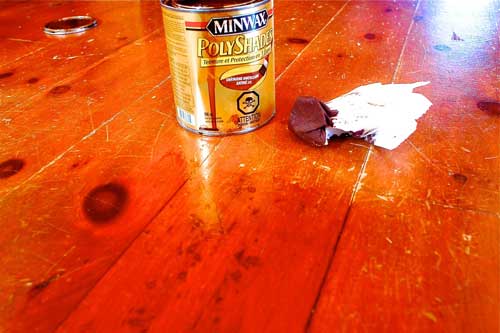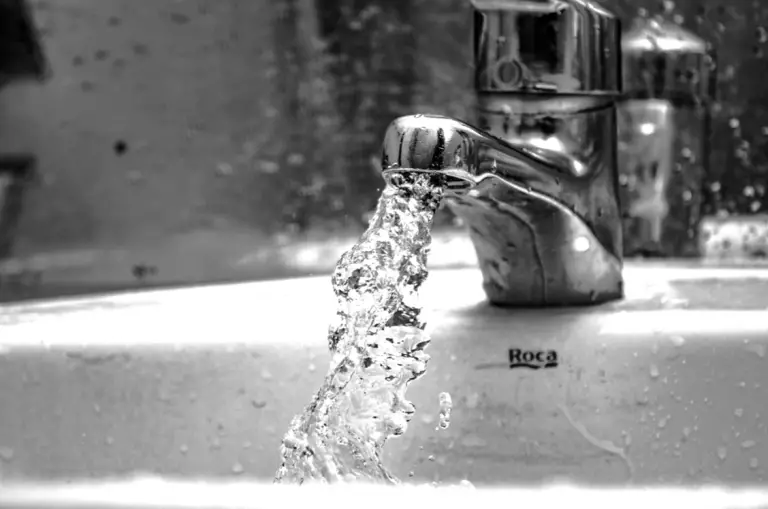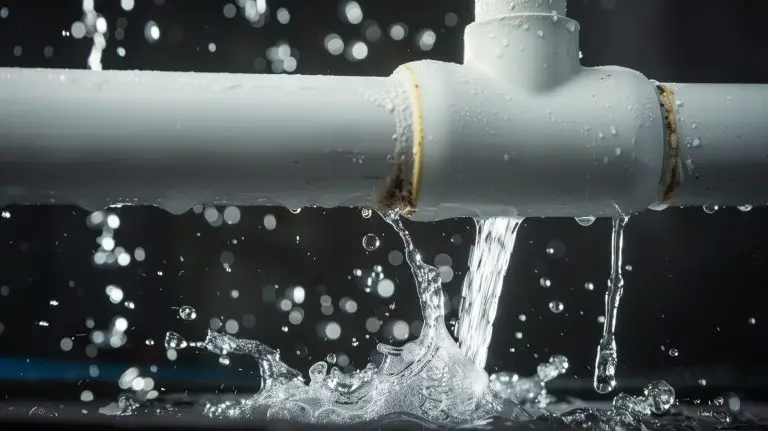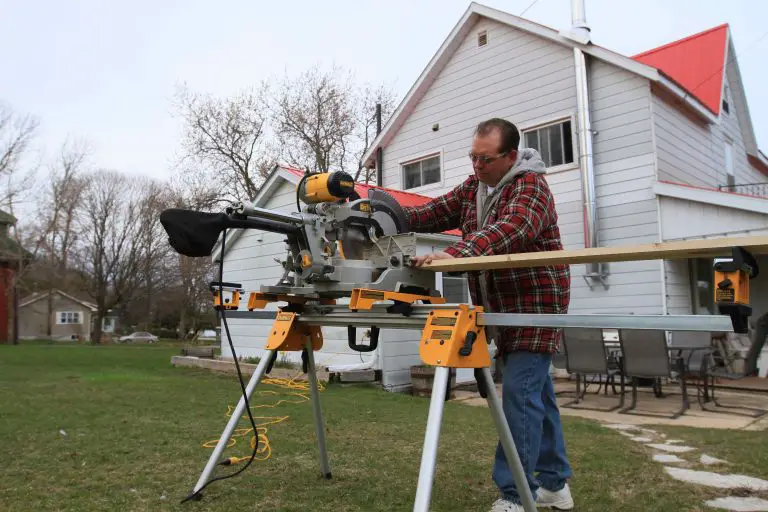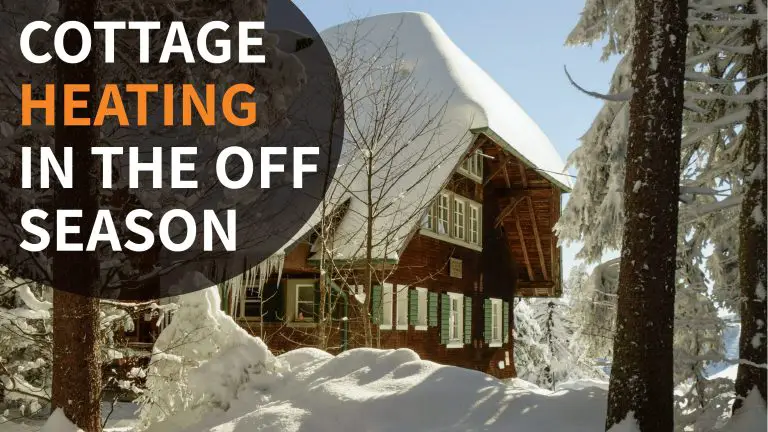
Most people have just enough knowledge about mold to foster a nagging sense that it’s dangerous, yet not enough knowledge to understand that there’s no need to fear mold if you’re prepared. Informed mold control brings a cleaner home and an easier mind, and that’s what you’ll get here, directions on how to fight mold and win.
Click on the video above for an overview of the household mold control process, then read on for more detailed information. This is one of my most popular videos, with more than 1.2 million views.
Why Mold Grows

Mold thrives whenever warmth, moisture and a food source come together. That’s because mold spores are everywhere, even on surfaces that appear synthetic and food-free. Bathrooms are always a perennial source of mold because of the ample water, warmth and soap residue there, and windows are a particularly common mold breeding ground in places that get weather cold enough to cause running condensation on the inside face of the glass.If your windows formed running condensation this past winter – and many do during times of lower-than-usual temperatures – you probably have mold on the edges of your windows right now.
Walls can also form patches of mold during winter in areas where couches and drapes are pushed against exterior walls. Take a look at your place and see if mold grew in places like these in the past.
Wherever mold grows indoors it can make you sick. Don’t aim for coexistence with mold because it never sleeps. If it’s started to grow a little, it will continue to grow a lot unless you dry the area and kill the spores.
Outdoor mold is something of a different story. It’s ugly and in the case of wood signals structural rot just setting in, but it won’t make you sick because there’s plenty of ventilation outside.
Kill Mold Deeply

Of the factors needed for mold growth – temperature, food source and moisture – the last is the only one you have much control over. That’s why lowering indoor moisture levels is always the first step when killing mold, but that’s not enough on its own.
Living mold spores lie dormant after reduced moisture levels have shut down growth, but they’re ready to spring into action at levels of moisture that would be too low to start new growth on clean surfaces. That’s why you need to apply a deep mold killer.
The best I’ve found so far in my tests is a North American-made product called Concrobium Mold Control. It’s an odourless liquid that’s non-toxic. So how can something non-toxic kill anything?
Mold Control works by mechanically crushing mold and mold spores as it dries, and that’s why it offers residual killing action that goes beyond the old standby, bleach.
Besides being irritating to people, bleach smells strong enough that most registered bleach-based mold control products recommend you wear a respirator when using them. Lab studies also show that bleach offers no residual mold control and isn’t always able to reliably penetrate porous surfaces like wood, concrete and drywall to kill mold roots. That’s the dynamic behind older mold infestations flaring up again, even on surfaces that don’t get sopping wet. The ability to effect a complete mold kill is the main reason more advanced mold control options were developed.
Removing Mold Stains

Mold that’s fully killed often still leaves behind stains that don’t come out, even with scrubbing. That’s why oxygen-based mold removal products were invented. They break down to oxygen and water, but not before removing stains, indoors and outside. The best stain removal product I’ve seen so far is Mold Stain Eraser. Mix this powder with warm water, let it sit for 10 minutes, then slosh it on. In some cases you can actually see the mold stains disappear as you watch. It even removes grey weathering on outdoor wood.
Dry things out, kill mold and spores, then remove the stains. Keep these simple ideas in mind and you’ve got no reason to fear mold any more, no matter where it shows up at your place. Watch my video to learn more.







